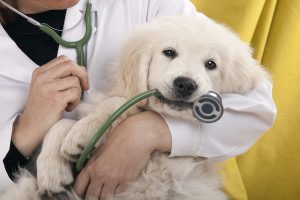In the past several years, an increasing amount of companies world-wide have seen the benefits of using machine and robotic vision technology for bin picking tasks. Many UKIVA (UK Industrial Vision Association) members are now involved in bin picking applications using 3D vision technology, according to managing director of UKIVA, Allen Anderson. Applications are varied, ranging from transferring delicate bags of cheese into secondary packaging, picking engine blocks in the automotive industry, along with using 3D vision-guided technology to package veterinary catheters.
The technology used for random bin picking typically uses a pair of cameras (stereovision) or 3D scanners, combined with high resolution cameras with pattern projection. The output consists of a point cloud and depth map, with 3D matching 3D algorithms then used to locate and position parts.

The demands of high-quality products coupled with increasing profitability are two key requirements in all aspects of manufacturing processes. Surprisingly, veterinary medicine is one are that is incorporating 3D vision-guided technology.
Using a camera with the ability to capture 3D image data at high-speed, enabling the position of the catheters on the conveyor belt and the gripping path of the robot to be determined quickly and precisely is helping some companies reach their productivity goals.
The information captured by the camera is sent to a PC for calculation of position and alignment of the objects being gripped. The robot then grips the individual pieces and inserts them into format tubes. Both the recognition and gripping of a variety of catheter designs and further assembly – i.e., the attachment of hose pieces – is also possible. This enables different catheters from different production lines to be packaged by the same packaging machine. This way, it is possible to adapt product delivery to meet the needs of the customer.
As catheters are transparent, the ability for the robot to ‘see’ them requires a precision lens built into the camera to perform the tasks necessary. At Universe Optics we will work closely with your team to create and craft a lens that meets your specific requirements.
The emergence of 3D vision-guided technology has provided robotic systems with the ability to identify and locate objects based on shape. This enables them to continually offer reliable detection of objects with low contrast, geometries, and work well in situations where there is low light.
As 3D vision-guided technology becomes more reliable and easier to use, they will also become increasingly cost-efficient and be far more accurate than manual inspection, sorting, and assembly. Many manufacturing facilities are finding the increased productivity and cost savings are substantial enough to warrant a complete upgrade on their current systems.
Many new markets are set to emerge for vision-guided technology. From agricultural applications with robots working the fields, harvesting, weeding, feeding and transporting grain and produce all the way to collaborative scenarios where robots are working alongside humans in manufacturing facilities, or in logistics and packing operations – there’s no end to the possibilities.